Get your head around this: nearly every piece of plastic ever made still exists today. And it’s probably all in there. Ugh.
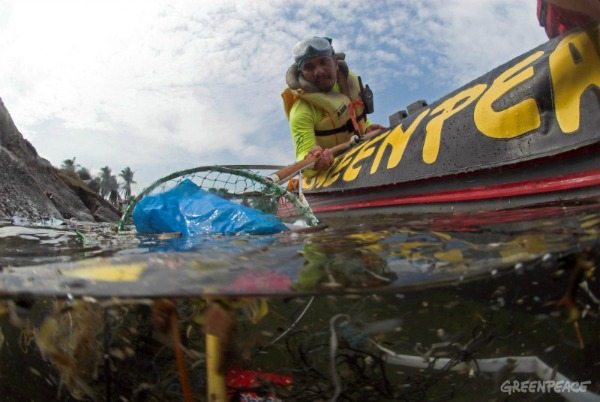
It’s pretty easy to hate on plastics. According to Clean Up Australia, these resource-hungry polymers:
- Require fossil fuels in their production, and emit gases like methane when they decompose.
- Account for most of the 6 million tonnes of rubbish dumped into the world’s oceans every year.
- Are estimated to kill more than a million seabirds and 100,000 mammals ever single year.
No matter how old you are, you’ve probably seen a lot of plastic in your lifetime. But instead of hiding under your sea of yoghurt tubs and takeaway containers in shame, learn more about man’s greatest frenemy: plastic. Knowing how to recycle plastic is the first step to reducing the plastic pollution that you create.
What can I recycle?
The bad news: just because a plastic item has a recycling symbol, doesn’t mean your local council recycles it.
While this symbol helps tell manufacturers what type of plastic the container is made from – it won’t necessarily tell you whether something can be recycled or not. For example, both squeeze bottles and plastic bags can be made from LDPE plastic – but both are not recyclable in kerbside bins.
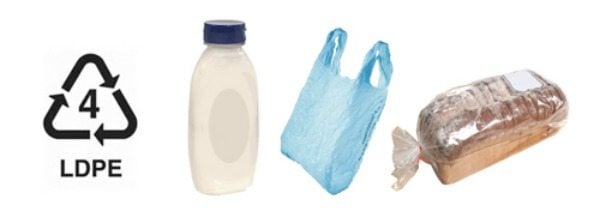
The good news is, it’s very likely that all the rigid plastics containers you use can be recycled in your kerbside bins!
TIP: A good way to check if a plastic container is rigid is to ask two questions – could it hold liquid? Does it hold its shape when crumpled?
That includes a wide range of the plastic items you use at home everyday, from soft drink bottles and milk and cream bottles, to plastic take-away containers and butter and margarine containers.
Plastics to avoid
Lots of soft plastics – like plastic bags and cling wrap – cannot be recycled as they may get stuck in sorting equipment at recycling centres. Bottle tops can also obstruct machinery or trap liquid inside containers, so Planet Ark advises they be removed and thrown into the garbage.
Another big recycling no-no is polystyrene foam – including the white packaging found in takeaway containers and polystyrene hot drink cups, as well as the spongy black foam trays used for meat packaging. Plastics found in items like nappies, syringes, irrigation and garden hoses should also be placed in your waste bin.
What does this mean for you?
There is no definitive nationwide policy on recycling as Australia’s waste industry is state-regulated – so you should check with your council to see what you can put in your recycling bin. Make sure to scrape containers, remove lids, and crush items before placing them in the bin. For plastics and other recyclables that can’t be placed in kerbside bins, find your nearest recycling centre here.
Please don’t forget to reuse, reduce and recycle – especially when you’re hanging out with plastics.
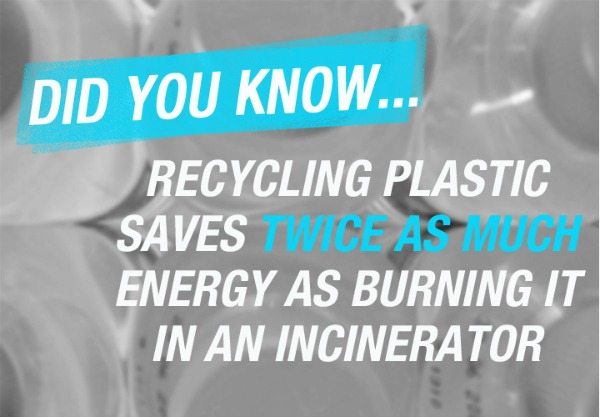
Ten quick tips – cut down your plastic use
- Bring reusable shopping bags with you when you go shopping.
- Use glass containers instead of plastic tupperware.
- Avoid plastic water bottles – instead use a stainless steel water bottle and tap water.
- Avoid disposable plastic cutlery – try to use compostable or reusable cutlery instead.
- Try using cloth diapers instead of plastic nappies.
- Use a travel mug instead of using plastic coffee takeaway cups.
- Bring your own container for take-out meals instead of using plastic containers or styrofoam.
- Say no to straws when you’re eating out.
- Don’t throw your electronics in the waste – recycle them.
- At the supermarket, try to choose items with cardboard or paper packaging rather than plastic.
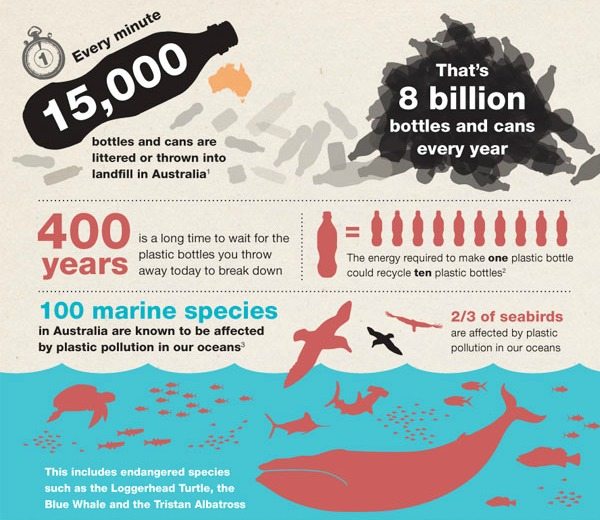
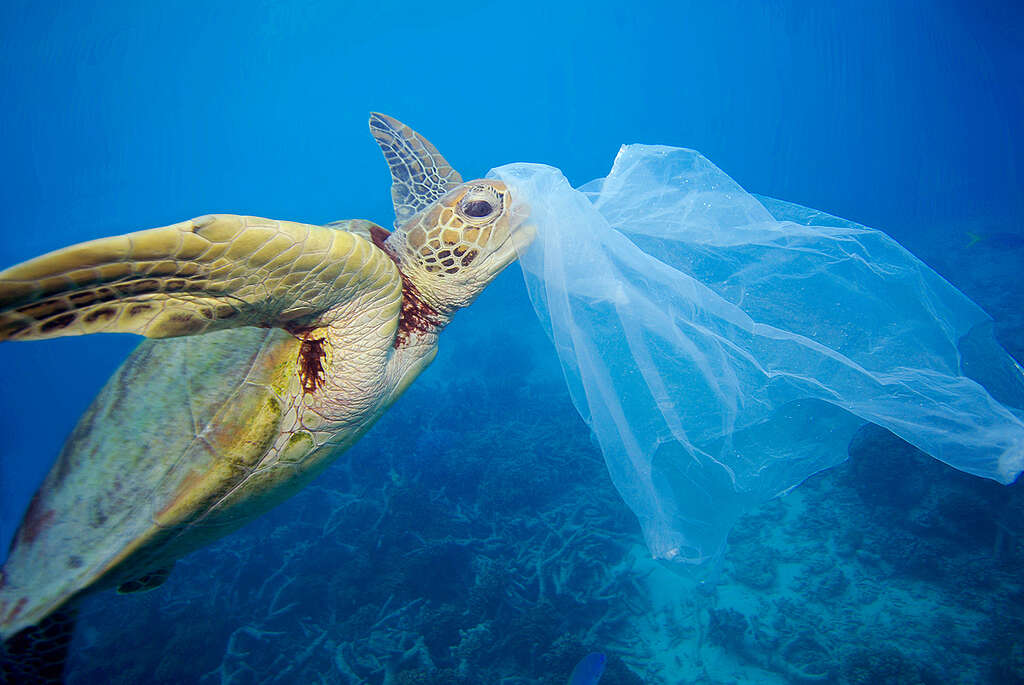
Governments around the world are now negotiating a Global Plastics Treaty – an agreement that could solve the planetary crisis brought by runaway plastic production. Let’s end the age of plastic – sign the petition for a strong Global Plastics Treaty now.
Sign petition

